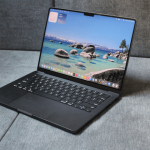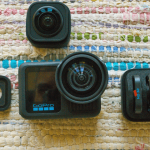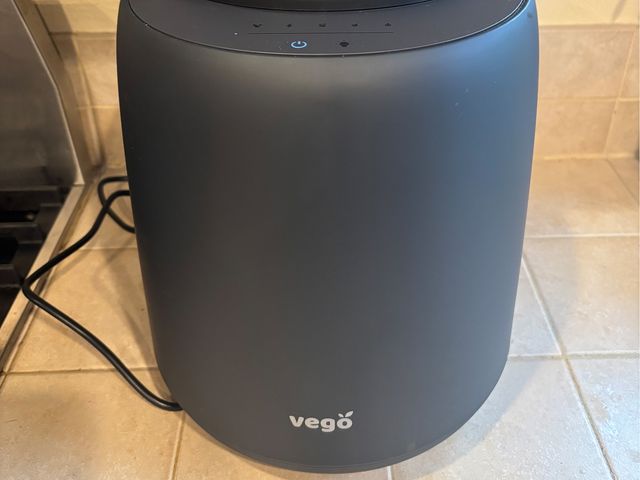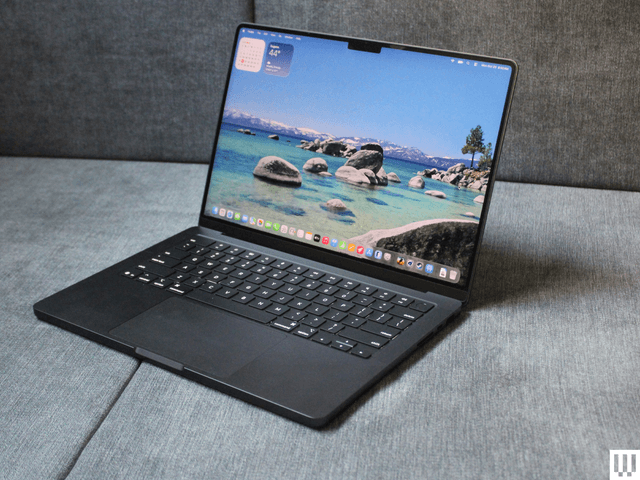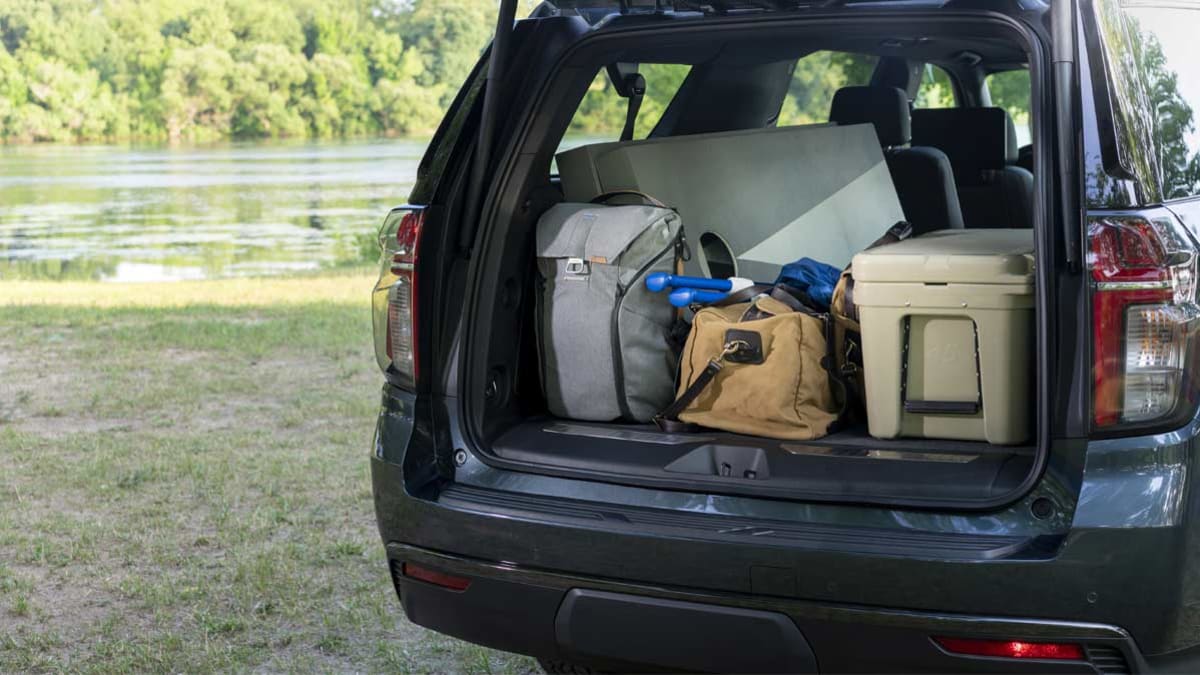
But while automakers readily highlight the overall luggage capacity of their offerings, not all of that generous-sounding cargo room is usable space.
At Consumer Reports, we evaluate SUV cargo room differently. We use an expandable rectangular pipe-frame “box.” We enlarge it enough to just fit through the rear opening and extend it into the cargo bay as far as possible without preventing the hatch from closing. Cargo capacity is the volume enclosed by that box. This gives consumers a better idea of the cargo they can fit in the back, whether it’s luggage, a new dishwasher, or a big-screen TV. (Learn more about how Consumer Reports tests cars.)
Below, we’ve identified the large SUVs with the most usable cargo room based on our testing process. They’re ranked in order of cubic feet of cargo room with both rows folded down, with the top performer first. Though there are other large SUVs that we’ve tested, their usable cargo room is less than that of the best midsized SUVs. If available, we’ve included the number of large suitcases and duffel bags they can fit behind the raised third-row seat.
Each SUV comes standard with automatic emergency braking (AEB), AEB that works at highway speeds, blind spot warning (BSW), and rear cross traffic warning (RCTW) unless otherwise noted. Not every vehicle is recommended. This may be because of below-average reliability or an Overall Score that’s too low. Some models, such as the Ford Expedition, aren’t included because they have been redesigned and we haven’t finished testing them.
If you’re a CR member, this article and the list below are already available to you. But if you haven’t signed up, click below and become a member to access the list and all our exclusive ratings and reviews for each vehicle we buy and test.


